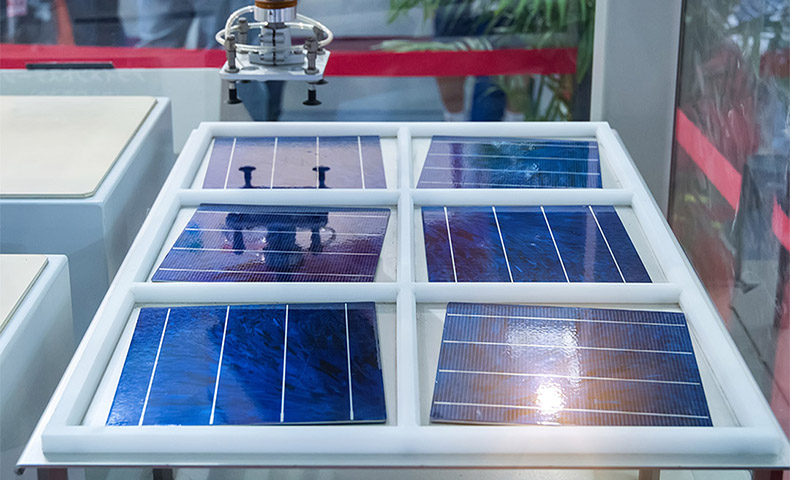
The latest scientific reports are even more frightening than expected. Environmentalists are not the only ones clamoring for a more sensible national energy policy. The dramatic effects of climate change are the driver behind almost every renewable energy effort. Fortunately, solar power progress is big business in sunny California, stoked by low solar panel prices and the motivation to overcome greenhouse gas emissions to tackle climate change. Some scientists, however, are concerned that the placement of new large-scale solar power plants in the Mojave Desert may harm the biological diversity there.
The study, by the Carnegie Institution for Science and Stanford University, shows the environmental footprint of solar power development could expand to more than 27,500 square miles — roughly the land area of South Carolina — if the U.S. were to welcome a more ambitious climate goal. When thousands of solar panels are manufactured in undeveloped natural areas, the panels crowd out wildlife and harm their habitat.
“Solar takes out a lot of territories, right? It obliterates everything,” University of California-Santa Cruz ecologist Barry Sinervo, who is unaffiliated with the study, said. “There is as much plant biodiversity in the Mojave as there is in a redwood forest. The key part of this is, do we want to tile out the last largest wilderness area that we have, which is the Western desert?”
The Carnegie study determined that of the 161 proposed or operating utility-scale solar energy developments in California, more than fifty percent have been or will be built on natural dwarf and scrublands totaling about 145 square miles of land, about the land area of the city of Bakersfield, California. Approximately 28 percent have been built on agricultural land and 15 percent have been built in developed areas.
Areas that have already been produced and have limited wildlife habitat would be better suited for solar development from an ecological perspective, said study lead author Rebecca Hernandez, a postdoctoral fellow at University of California, Berkeley, and a former ecologist at the Carnegie Institution.
Hernandez said she was shocked to find that nearly a third of solar development is occurring on former cropland, perhaps because farmers are shifting from growing crops to using their land to make electricity. California’s devastating drought may be responsible for farmers’ shift to solar, something one of the study’s co-authors is researching in greater depth.
“We see that ‘big solar’ is competing for space with natural areas,” she said. “We were surprised to find that solar energy development is a potential driver of the loss of California’s natural ecosystems and reductions in the integrity of our state and national park system.”
Finding ways to settle conflicts between renewable energy development and ecosystem security may be important if the U.S. is to rely on more solar power to supplant fossil energy to reduce greenhouse gas emissions.
Assuming that 500 gigawatts of solar power may be needed to meet a future climate goal of reducing greenhouse gas emissions 80 percent below 1990 levels by 2050, Hernandez’s team found that a region of California roughly equivalent to the land area of South Carolina may be required to accommodate all the new solar power plant development.
Solar power is here to stay, and the sooner you explore how much you can save, the sooner you can enjoy the benefits of residential solar power. Please visit our solar blog to find out more about the benefits of going solar. Before making the commitment to solar, be sure to do your research to learn how solar panels can save you money. For more information, please see our blog. There has never been a better time to go solar!
HahaSmart Blog - More Solar Tips and Guide
HahaSmart News - Stay Informed
Your Solar Incentives - See Credits and Incentives in Your Area
Check Your Home's Solar Price - See How Much You Save
Register Now - Unlock The Lowest Solar Prices in Your Area


Input your address to see if it is solar friendly and how much you can save with solar.
Great. Your address is perfect for solar. Solar incentive is still available. Select monthly utility cost and calculate the size of solar system you will need now.
| kw System size | years Payback period | Lifetime savings |
No money down, 100% finance is available.
|
|
Looking for solar panels? Sign up now and we will find them for you. |
Comments